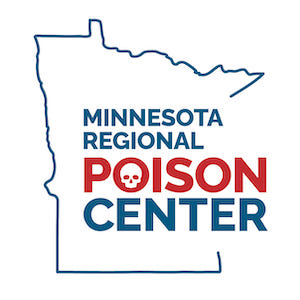Cannabis, Marijuana, THC
What are we talking about?
Cannabis has many names. It can also be called marijuana, THC (tetrahydrocannabinol), pot or weed. THC is the main active chemical in cannabis that causes the high feeling.
Today’s cannabis contains higher amount of THC compared to that of 25 years ago. It is important to know about the cannabis product and the different health and safety risks.
Cannabis products can come in many forms:
- Dried plant like flower and bud that can be smoked
- Extracts, oils or wax that can be vaped in an electronic cigarette, ingested or smoked
- Edibles in many forms like gummies, chocolates, drinks that can be ingested.
What does it look like?
Signs and symptoms of cannabis poisoning may include anxiety, sleepiness, balance issues, panic, fast heart rate, headache, nausea or vomiting.
In small children, symptoms may be especially dangerous and include decreased respiration, sleepiness, seizures, and coma.
How you use the cannabis can affect your body differently?
- When inhaled, you can feel the effects from seconds to a few minutes. The effects can last up to 6 hours after use with residual effects lasting up to 24 hours.
- When ingested, you can feel the effects within 30 minutes to 2 hours. These effects can last up to 12 hours after use with residual effects lasting up to 24 hours.
What about using cannabis while pregnant or breastfeeding?
- No amount of cannabis has been proven safe to use during pregnancy or while breastfeeding.
Can cannabis affect a child’s brain development?
- Since brain development still occurs until around the age of 25 the American Academy of Pediatrics believes that young people should not use cannabis. Cannabis use in youth can cause:
- Difficulty thinking and problem-solving
- Problems with memory and learning
- Poor physical coordination and reaction time
- Difficulty focusing and maintaining attention
What is safe storage?
- Keep cannabis up and out sight of children and locked up.
- Store cannabis edibles away from food.
- Keep cannabis edibles in their original labeled package.
What are look-alikes?
- Beware that edible products that contain THC can look like candy, gummies, cookies and brownies can look enticing to children.
What is CBD?
CBD (cannabidiol) is a chemical pulled from cannabis and hemp plants. It does not cause a “high” like THC. Side effects from swallowing CBD are mild, like drowsiness, nausea and vomiting.
What is Hemp?
Hemp plants are cannabis plants that are grown to have more CBD and low amounts of THC (less than 0.3% by dry weight).
What is Delta-8 THC?
Delta-8 THC is like the main THC chemical found in cannabis, but it is less strong. It is extracted from hemp plants and made into products like edibles or vaping liquids. Using too much Delta-8 THC can still cause harmful effects like those seen with cannabis.
What should you do if someone is feeling unwell after using cannabis?
If someone has taken too much or reacts badly to a cannabis product, call the Poison Center at 1-800-222-1222. Please have the product packaging available.
If someone stopped breathing, collapsed, or had a seizure, call 911.
What should you do if a child eats a cannabis edible?
If a child ingests cannabis like an edible, call the Poison Center at 1-800-222-1222. Please have the product packaging available.
If the child stopped breathing, collapsed, or had a seizure, call 911.
Cannabis resources: Cannabis Marijuana THC Quick Facts and Safety Tips
